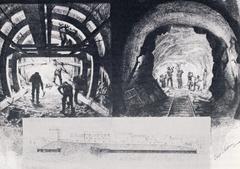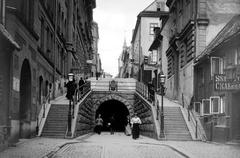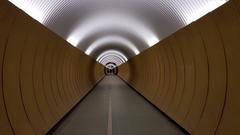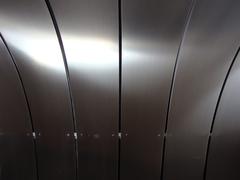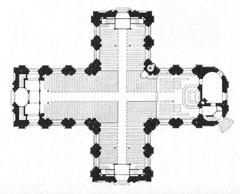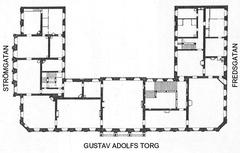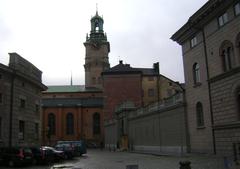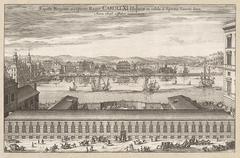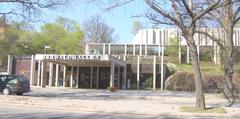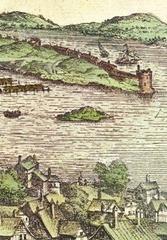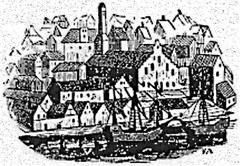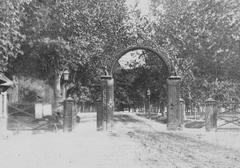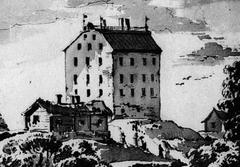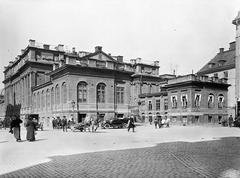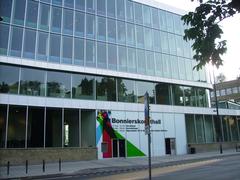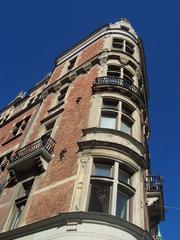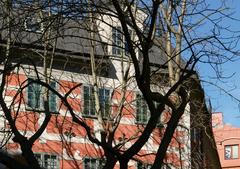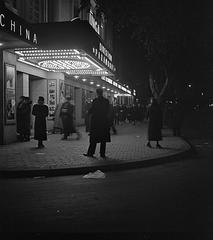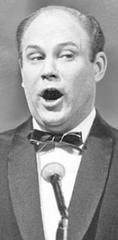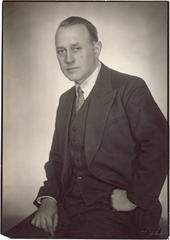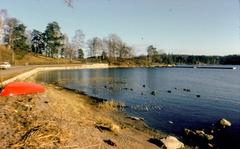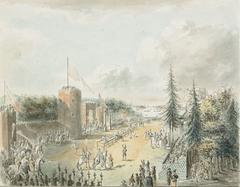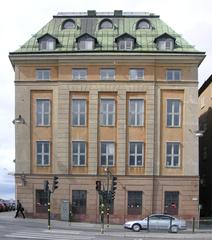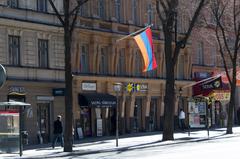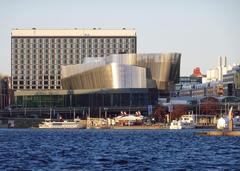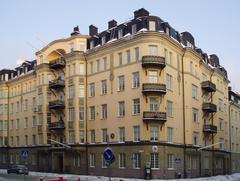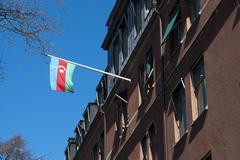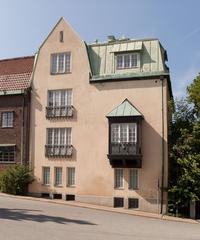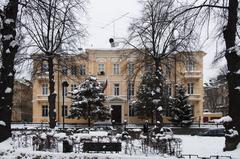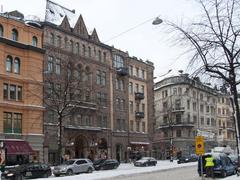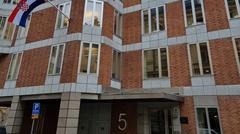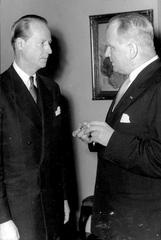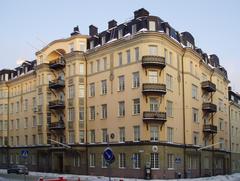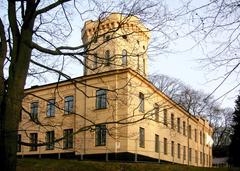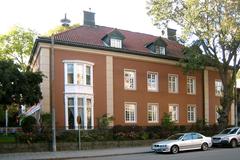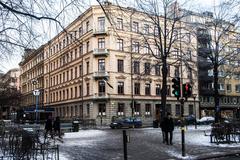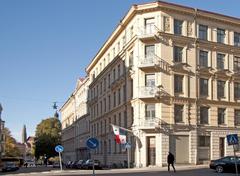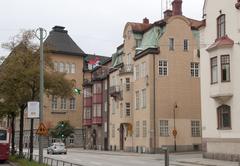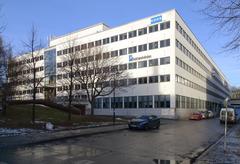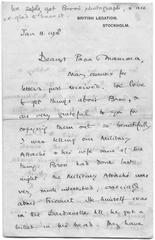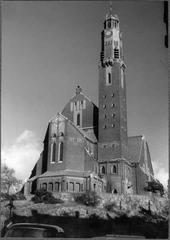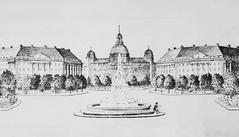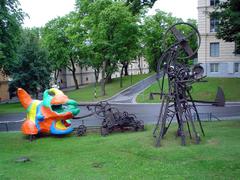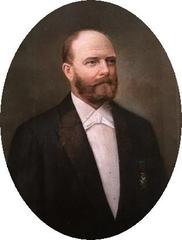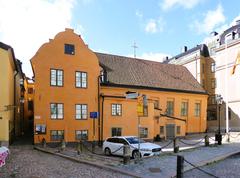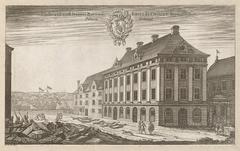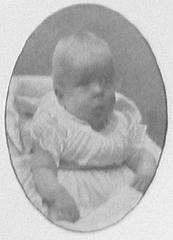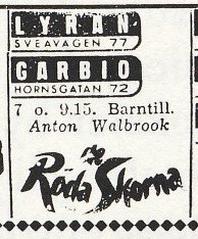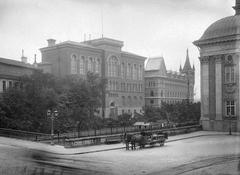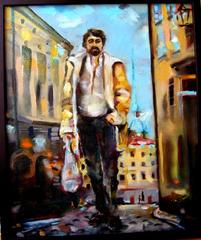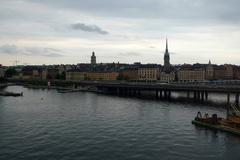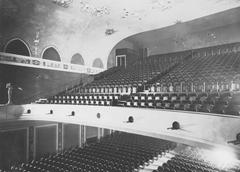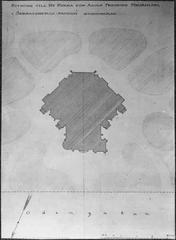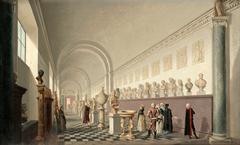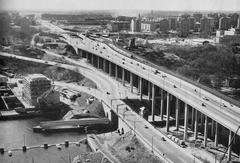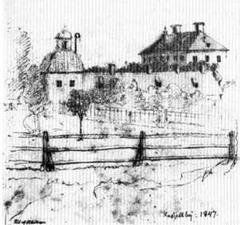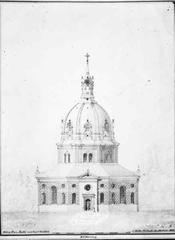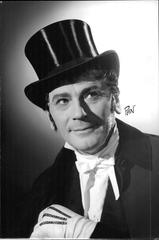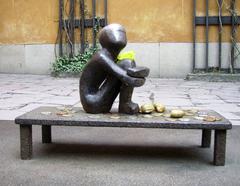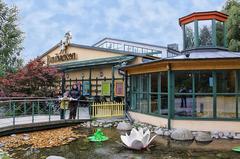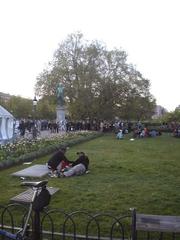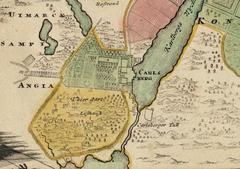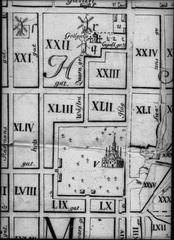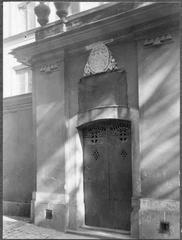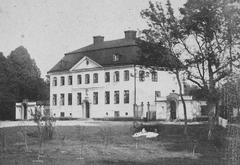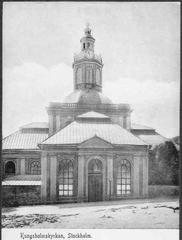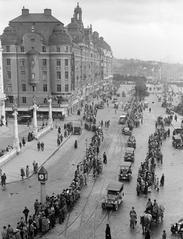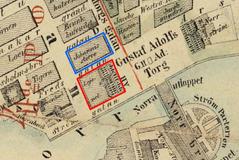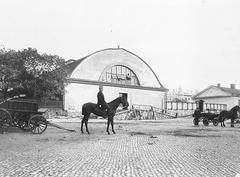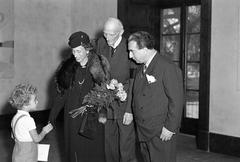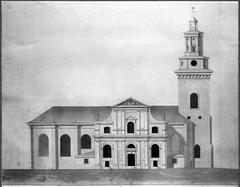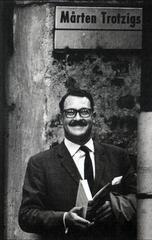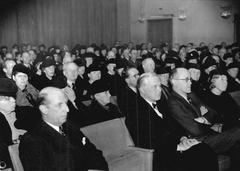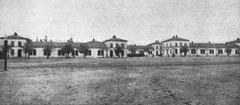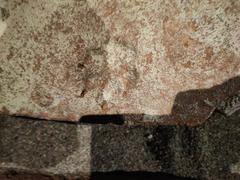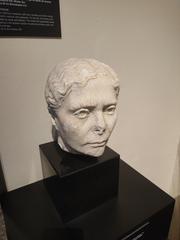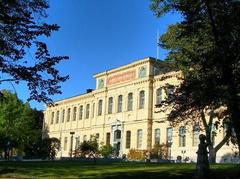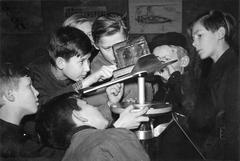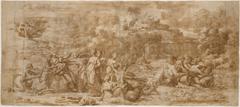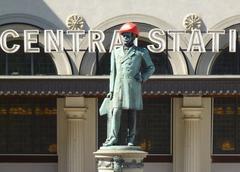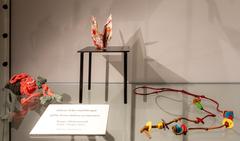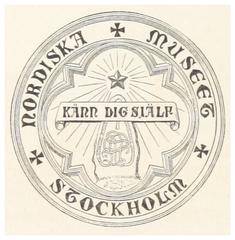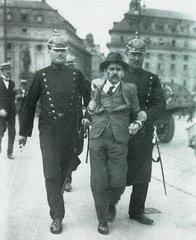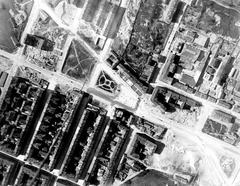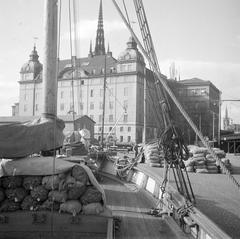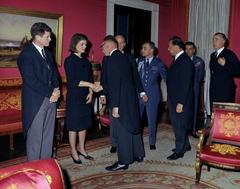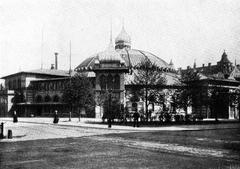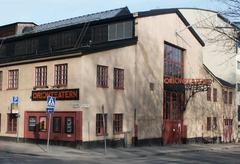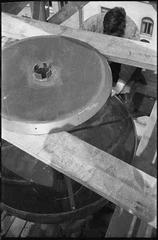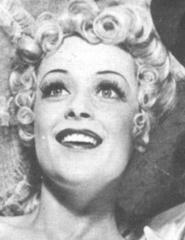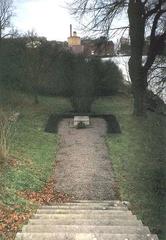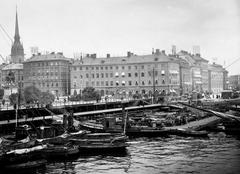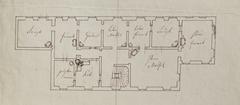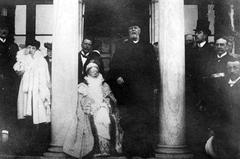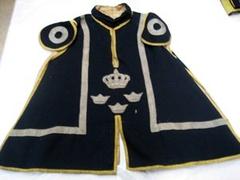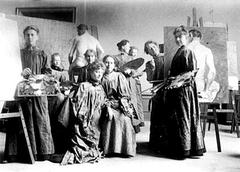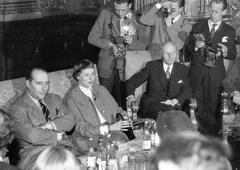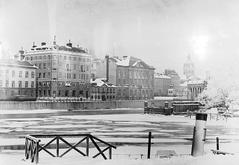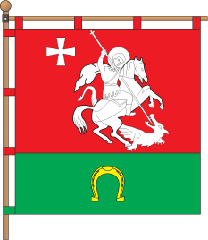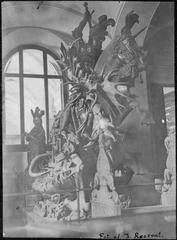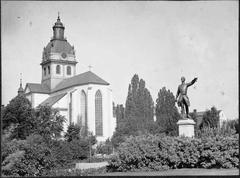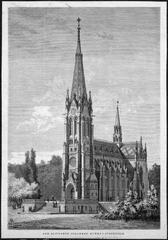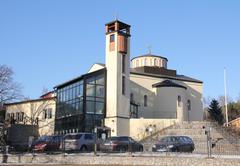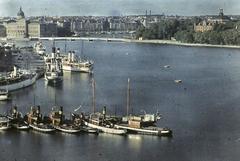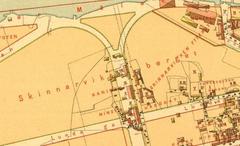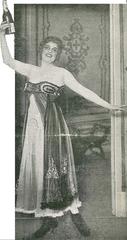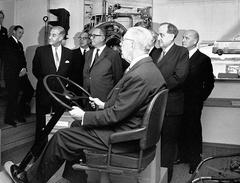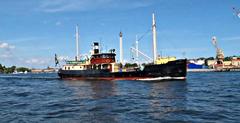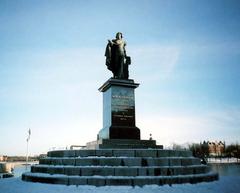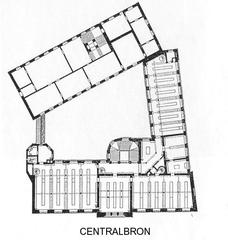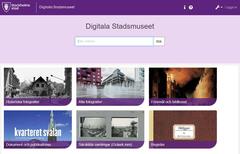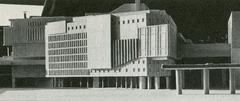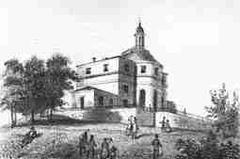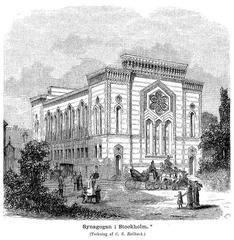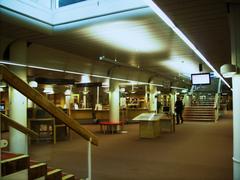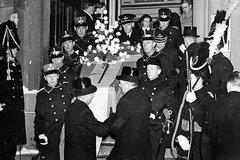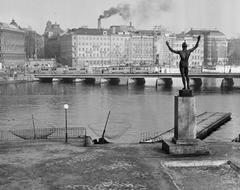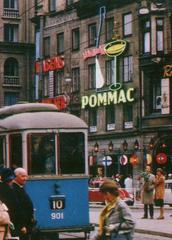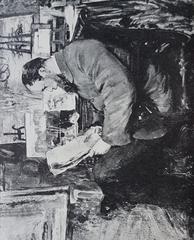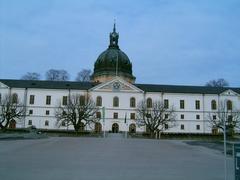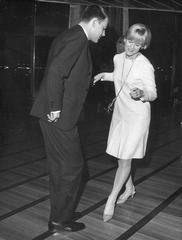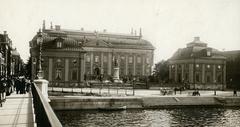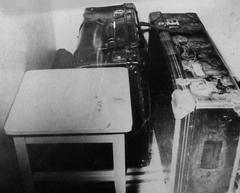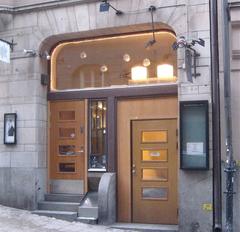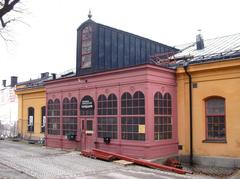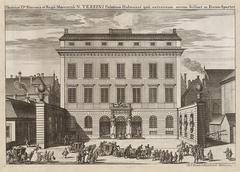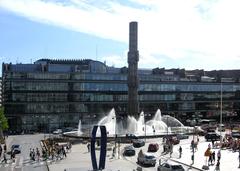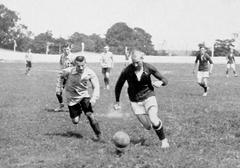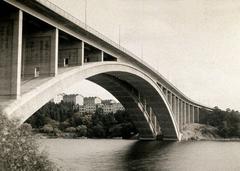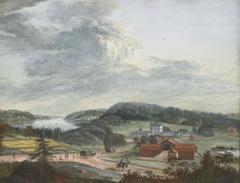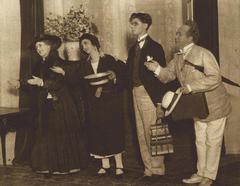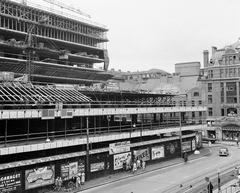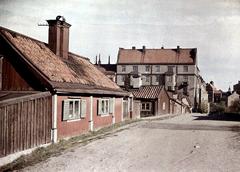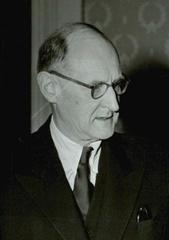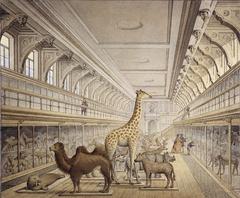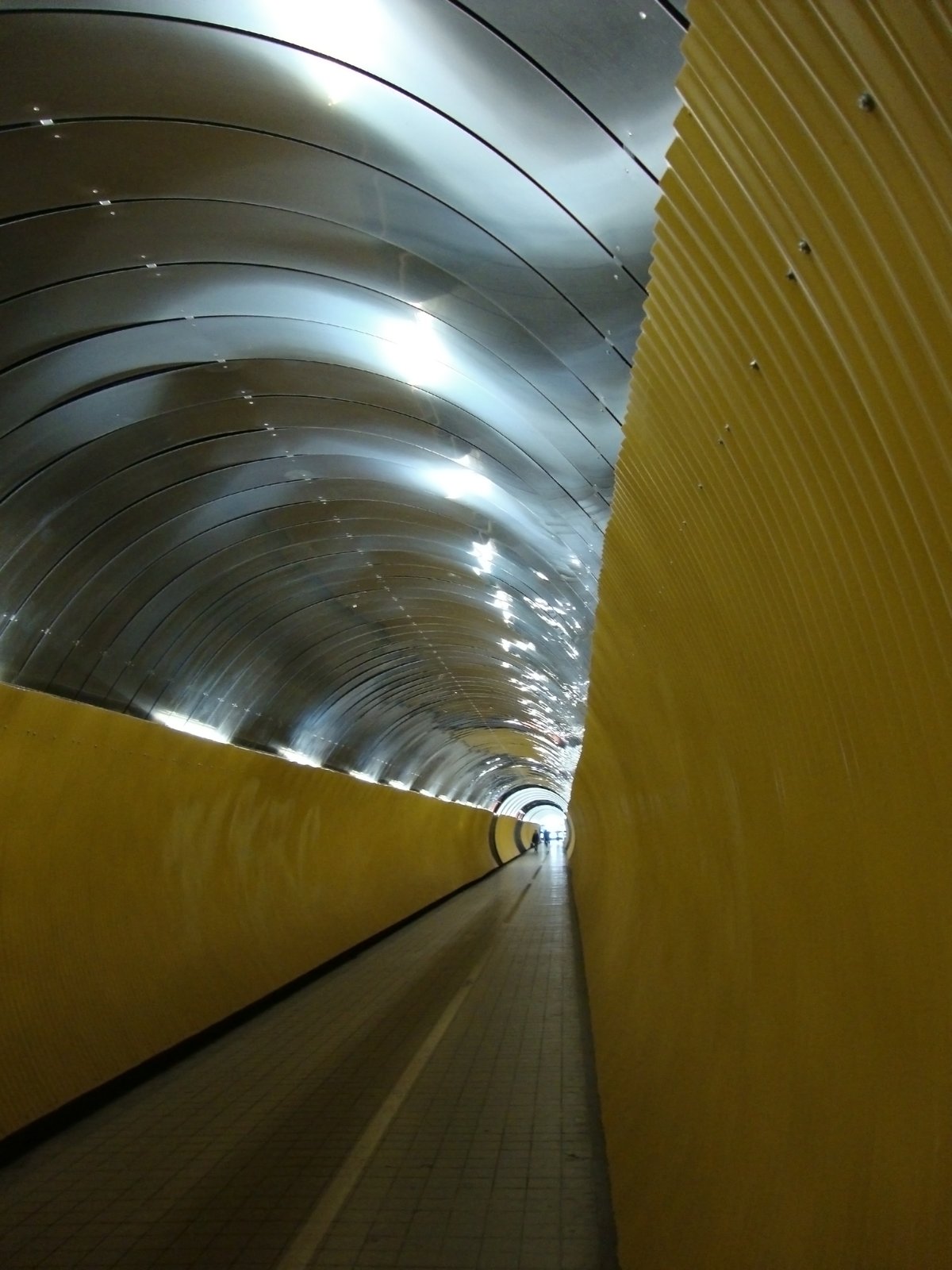
Comprehensive Guide to Visiting Brunkebergstunneln, Stockholm, Sweden
Date: 24/07/2024
Introduction
Did you know that beneath the bustling streets of Stockholm lies a historical marvel that seamlessly blends engineering ingenuity with cultural significance? The Brunkeberg Tunnel, or Brunkebergstunneln, constructed between 1884 and 1886, is a testament to the city’s rich history and its commitment to urban development. Initially conceived to overcome the geographical barriers presented by the Brunkeberg Ridge, the tunnel serves as a vital pedestrian and cyclist passageway connecting the Norrmalm and Östermalm neighborhoods (Walking Stockholm). Overcoming significant construction challenges, including unstable soil conditions and fractured rock, the Brunkeberg Tunnel was completed and inaugurated by King Oscar II in 1886 (Wikipedia) and quickly became an essential part of Stockholm’s infrastructure. Today, it remains a beloved cultural landmark, offering modern amenities and unique photographic opportunities, all while retaining its historical charm (Visit Stockholm). This comprehensive guide will delve into the tunnel’s fascinating history, provide practical tips for visitors, and highlight nearby attractions to ensure you make the most of your visit to this captivating site.
Table of Contents
- [History of Brunkebergstunneln](#history-of-brunkebergstunnelnhistory-of-brunkebergstunneln)
- [Early Planning and Construction](#early-planning-and-constructionearly-planning-and-construction)
- [Construction Challenges](#construction-challengesconstruction-challenges)
- [Inauguration and Early Use](#inauguration-and-early-useinauguration-and-early-use)
- [Financial Difficulties and Municipal Takeover](#financial-difficulties-and-municipal-takeoverfinancial-difficulties-and-municipal-takeover)
- [Technological and Structural Evolution](#technological-and-structural-evolutiontechnological-and-structural-evolution)
- [Modern-Day Significance and Visiting Hours](#modern-day-significance-and-visiting-hoursmodern-day-significance-and-visiting-hours)
- [Visiting Information](#visiting-informationvisiting-information)
- [Visitor Tips](#visitor-tipsvisitor-tips)
- [Nearby Attractions](#nearby-attractionsnearby-attractions)
- [Local Dining Options](#local-dining-optionslocal-dining-options)
- [Cultural Etiquette](#cultural-etiquettecultural-etiquette)
- [Practical Information](#practical-informationpractical-information)
- [Weather Considerations](#weather-considerationsweather-considerations)
- [Language and Communication](#language-and-communicationlanguage-and-communication)
- [Sustainability Practices](#sustainability-practicessustainability-practices)
- [FAQ](#faqfaq)
- [Conclusion](#conclusionconclusion)
- [References](#referencesreferences)
History of Brunkebergstunneln
Early Planning and Construction
The Brunkeberg Tunnel, or Brunkebergstunneln, is a significant pedestrian and cyclist passageway in Stockholm, Sweden. The idea for the tunnel emerged as a solution to the geographical barrier posed by the Brunkeberg Ridge (Brunkebergsåsen), which separated the Norrmalm and Östermalm neighborhoods. The ridge had been a major obstacle since the early days of Stockholm, necessitating either a long detour along the water’s edge or a strenuous climb over the ridge (Walking Stockholm).
The first documented proposal for the tunnel appeared in Wallström and Rudberg’s General Plan for Stockholm in 1863. This plan aimed to address traffic issues and included the concept of a tunnel to facilitate transportation between the two districts (Walking Stockholm).
Construction Challenges
Construction of the Brunkeberg Tunnel began in 1884 under the supervision of engineer Knut Lindmark. The project faced significant challenges, particularly due to the varying geological conditions on either side of the ridge. On the eastern side, the presence of loose sand and high water content required innovative solutions. Engineers employed a freezing technique using a machine imported from England to solidify the ground to -20 degrees Celsius, allowing safe excavation without the risk of collapse (Wikipedia).
On the western side, the discovery of fractured rock necessitated a different approach. Instead of blasting, workers used a method involving drilling holes into the rock, inserting wooden wedges, and then pouring water over them. The swelling of the wood caused the rock to break apart, allowing for controlled excavation (Wikipedia).
Inauguration and Early Use
The tunnel was completed in 1886 and officially inaugurated by King Oscar II on June 9 of that year. The Brunkeberg Tunnel measures 231 meters in length, 4 meters in width, and 3.9 meters in height (Wikipedia). Initially, a toll of two öre was charged for passage, a fee that many Stockholm residents considered excessive (Take me to Sweden).
Financial Difficulties and Municipal Takeover
Despite its utility, the tunnel’s construction costs led to financial difficulties for Lindmark and his company, Aktiebolaget Brunkebergstunneln. The high tolls deterred many potential users, leading to the company’s bankruptcy. Subsequently, the city of Stockholm purchased the tunnel, abolished the toll, and has maintained it ever since (Walking Stockholm).
Technological and Structural Evolution
The Brunkeberg Tunnel was originally designed to accommodate horse traffic, but it was never ventilated, making it unsuitable for motor vehicles. By 1911, the construction of the Kungsgatan boulevard through the Brunkeberg Ridge, just two blocks south of the tunnel, rendered the narrow passageway obsolete for vehicular traffic. Consequently, the tunnel has remained dedicated to pedestrian and bicycle use (Walking Stockholm).
Modern-Day Significance and Visiting Hours
Today, the Brunkeberg Tunnel is a vital part of Stockholm’s pedestrian and bicycle network. It provides a convenient shortcut between David Bagares gata and Tunnelgatan, allowing users to avoid the hilly streets above. The tunnel is open daily from 7 am to 10 pm and is free to use (Take me to Sweden). The tunnel has also become a popular spot for photographers and Instagram enthusiasts due to its unique architectural features and atmospheric lighting. Additionally, it occasionally hosts art, sound, and light installations, enhancing its cultural significance (Visit Stockholm).
Visiting Information
Visitor Tips
For those planning to visit Brunkebergstunneln, here are some practical tips:
- Access Points: The tunnel has two main entrances: David Bagares gata and Tunnelgatan.
- Public Transport: Accessible via metro stations Hötorget and Östermalmstorg.
- Best Time to Visit: Daylight hours recommended for best lighting.
- Photography: The tunnel’s yellow walls and lighting are perfect for photography. Bring your camera or smartphone.
- Nearby Amenities: Several cafes, restaurants, and shops are in the vicinity.
Nearby Attractions
Brunkebergstunneln’s central location makes it a convenient starting point for exploring other attractions in Stockholm. Some nearby points of interest include:
- Kungsträdgården: A historic park known for its beautiful gardens and seasonal events. It’s a 10-minute walk from the tunnel.
- Stureplan: A bustling square famous for its nightlife, shopping, and dining options. It’s about a 15-minute walk away.
- Stockholm Concert Hall: Located at Hötorget, this iconic building hosts various concerts and events. It’s a 5-minute walk from the tunnel.
Local Dining Options
After exploring Brunkebergstunneln, visitors can enjoy a variety of dining options in the vicinity. Some recommendations include:
- Vete-Katten: A historic café and bakery located at Kungsgatan 55, known for its traditional Swedish pastries and coffee.
- Urban Deli: Situated at Sveavägen 44, this trendy spot offers a mix of deli, restaurant, and bar, perfect for a casual meal.
- Prinsen: Located at Mäster Samuelsgatan 4, this classic Swedish restaurant offers a more upscale dining experience with traditional dishes.
Cultural Etiquette
When visiting Brunkebergstunneln and other parts of Stockholm, it’s important to be mindful of local customs and etiquette:
- Quiet Zones: Swedes value quiet and personal space, especially in public areas. Keep noise levels down while walking through the tunnel.
- Cyclists and Pedestrians: The tunnel is used by both pedestrians and cyclists. Stay to the right side to allow for smooth passage and avoid collisions.
- Respect for History: Brunkebergstunneln is a historical site. Avoid littering and respect the space to preserve its condition for future visitors.
Practical Information
- Opening Hours: Brunkebergstunneln is open daily from 7 am to 10 pm.
- Admission: There is no admission fee to enter the tunnel.
- Facilities: There are no restrooms or facilities within the tunnel itself. However, nearby cafes and public buildings offer restroom access.
Weather Considerations
Stockholm’s weather can vary significantly throughout the year. Here are some tips based on the season:
- Summer (June-August): Warm and pleasant, making it ideal for walking tours. Light clothing and comfortable walking shoes are recommended.
- Autumn (September-November): Cooler temperatures and occasional rain. Bring a light jacket and an umbrella.
- Winter (December-February): Cold and snowy. Dress in layers, with a warm coat, gloves, and a hat.
- Spring (March-May): Mild weather with blooming flowers. A light jacket and comfortable shoes are suitable.
Language and Communication
While Swedish is the official language, most locals speak English fluently. Signage in Brunkebergstunneln and surrounding areas is often bilingual, making navigation easy for international visitors. Basic Swedish phrases can enhance your experience, but English will suffice for most interactions.
Sustainability Practices
Stockholm is known for its commitment to sustainability, and visitors are encouraged to follow eco-friendly practices:
- Public Transport: Utilize Stockholm’s efficient public transport system to reduce your carbon footprint.
- Recycling: Dispose of waste in designated recycling bins found throughout the city.
- Local Products: Support local businesses and eateries that prioritize sustainable practices.
FAQ
- What are the opening hours of the Brunkeberg Tunnel?
- The tunnel is open daily from 7 am to 10 pm.
- Is there an entrance fee for the Brunkeberg Tunnel?
- No, the tunnel is free to use.
- How can I get to Brunkebergstunneln?
- The tunnel is accessible by foot or bicycle, and nearby metro stations are Hötorget and Östermalmstorg.
Conclusion
The Brunkeberg Tunnel stands as a remarkable example of Stockholm’s dedication to solving urban challenges through innovative engineering solutions. From its inception in the 19th century to its modern-day use as a pedestrian and cyclist passageway, the tunnel has continually adapted to meet the needs of the city’s residents and visitors. Its historical significance, coupled with its unique architectural features, makes it a must-visit destination for anyone exploring Stockholm. Whether you’re a history enthusiast, a photography lover, or simply looking for a convenient route through the city, the Brunkeberg Tunnel offers a memorable experience. Its continued maintenance and occasional artistic installations underscore its importance to Stockholm’s cultural landscape (Walking Stockholm). So, the next time you’re in the Swedish capital, take a stroll through this historic tunnel and immerse yourself in a piece of Stockholm’s rich heritage.
References
- Walking Stockholm. (2022). Brunkebergstunneln - Brunkeberg Ridge. https://walkingstockholm.blogspot.com/2022/11/brunkebergstunneln-brunkeberg-ridge.html
- Wikipedia. (n.d.). Brunkebergstunneln. https://sv.wikipedia.org/wiki/Brunkebergstunneln
- Take me to Sweden. (n.d.). Brunkeberg Tunnel. https://www.takemetosweden.com/brunkeberg-tunnel/
- Visit Stockholm. (n.d.). Brunkebergstunneln. https://www.visitstockholm.com/o/brunkebergs-tunnel/
- Trek Zone. (n.d.). Brunkeberg Tunnel, Stockholm. https://trek.zone/en/sweden/places/906307/brunkeberg-tunnel-stockholm

